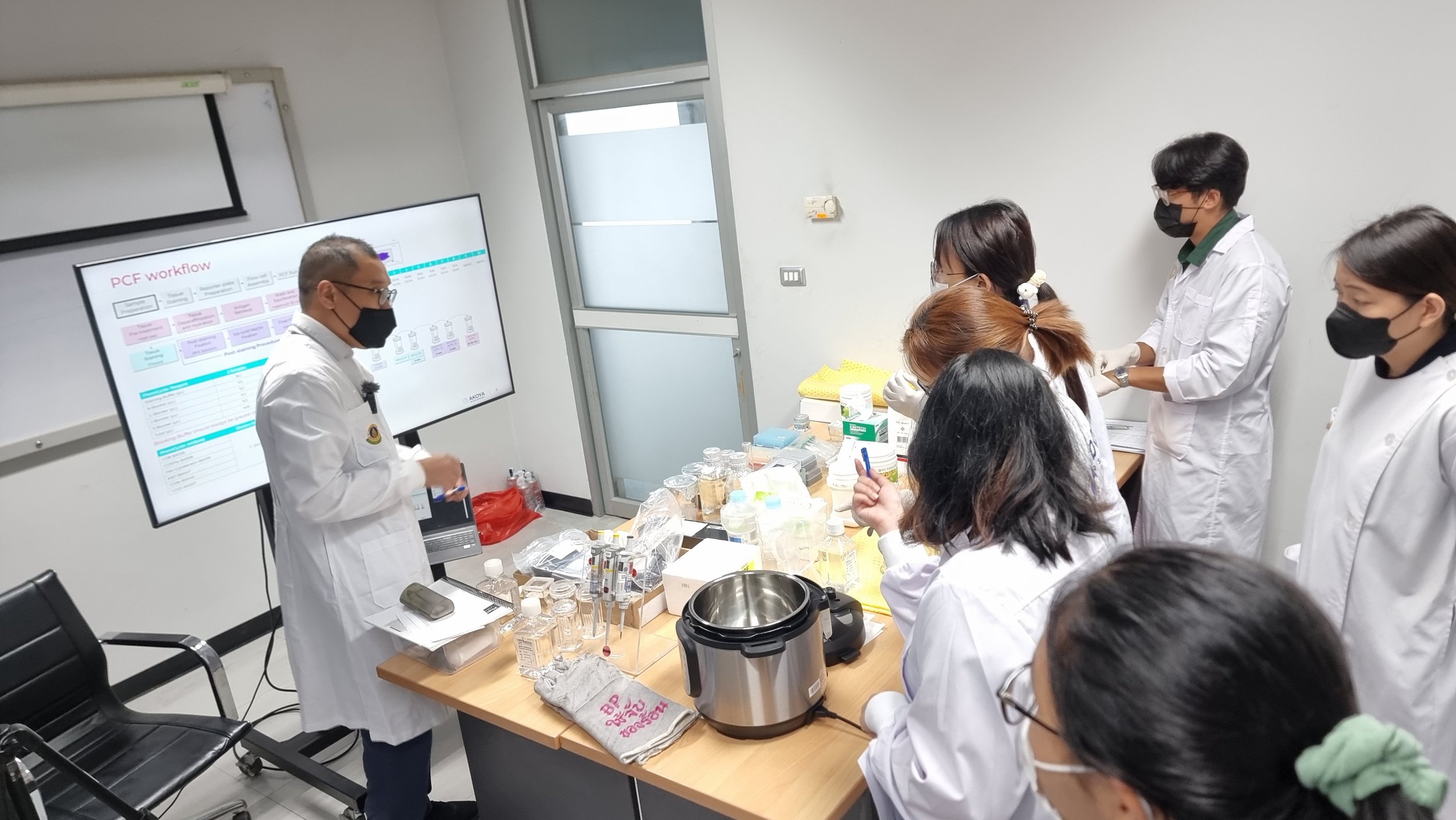Training on the Akoya Phenocycler: Advancing CODEX Technology at SiSP
The advancements in medical technology are crucial to the future of precision medicine, especially in the field of cancer research. At SiSP, we are committed to pushing the boundaries of what is possible in this space. Our recent training on the Akoya Phenocycler is an example of how we continually invest in the most advanced technologies to improve patient outcomes.
What is CODEX Technology?
The CO-Detection by indEXing (CODEX) technology is a revolutionary approach to tissue imaging that allows for high-resolution, high-throughput multiplexed imaging. Developed initially at Stanford University, CODEX has the capability to simultaneously visualize dozens of proteins and their interactions within a tissue sample, thereby providing comprehensive insights into the tumor microenvironment[1]. This level of detail is indispensable for tailoring precise treatment options for cancer patients.
SiSP: A Center of Excellence in CODEX
At SiSP, we take pride in being a leading center offering training and expertise in CODEX technology. With state-of-the-art labs and a team of world-class scientists, we are equipped to teach, train, and enable research that can significantly advance the field of precision medicine for cancer patients.
Training on the Akoya Phenocycler
Our recent training session focused on the Akoya Phenocycler, an instrument that brings the CODEX technology to life. The machine's cutting-edge software and hardware enable researchers to obtain unprecedented levels of detail in their multiplexed tissue images. During the training, participants were immersed in:
Theoretical background of CODEX technology
Hands-on experience with the Akoya Phenocycler
Data analysis and interpretation
Real-world applications and case studies
Conclusion
At SiSP, we believe that advancements in technology and training are pivotal to the future of precision medicine for cancer patients. Our recent training on the Akoya Phenocycler is a testament to this belief. We are excited to see how this technology will shape the landscape of cancer research and treatment in the years to come.
[1]: Goltsev, Y. et al. "Deep Profiling of Mouse Splenic Architecture with CODEX Multiplexed Imaging," Cell, 2018. DOI:10.1016/j.cell.2018.07.010






